About the survey & methodology
Why this study exists
Change has become a constant in the nonprofit world, yet most existing research still focuses on corporate settings or a small number of large NGOs. Smaller and mid-sized organizations — the majority of the sector — rarely see themselves reflected in the data, and the perspectives of nonprofits from countries and regions that are often underrepresented in global research are even less frequently heard in studies of organizational change.
The State of Change Management in the Nonprofit Sector (SoCM) fills that gap. It captures how nonprofit professionals around the world plan, support and lead change across strategy, programmes, operations and culture. The goal is simple: to build a reliable evidence base that helps nonprofits strengthen their capacity to adapt and thrive, grounded in a pragmatic understanding of the resource constraints that shape everyday change work across the sector.
Who leads it

Lucy Braun
Director, shift:wise collective
The State of Change Management in the Nonprofit Sector is led by Lucy Braun, Director of shift:wise collective and initiator of the State of Change Management in the UN System study at the UN Lab for Organizational Change and Knowledge (UNLOCK).
With more than two decades of experience supporting mission-driven organizations she brings a practitioner’s eye and systems perspective to this work.
SoCM 2025 is supported by an international Advisory Board of senior change practitioners, sector experts and nonprofit leaders who helped shape the survey, ensure relevance and interpret the results.
Meet the Advisory Board members for the 2025 edition

Christina Morgan-Meldrum
Founder
Incahoots Consulting

Douglas Flory
Independent Consultant
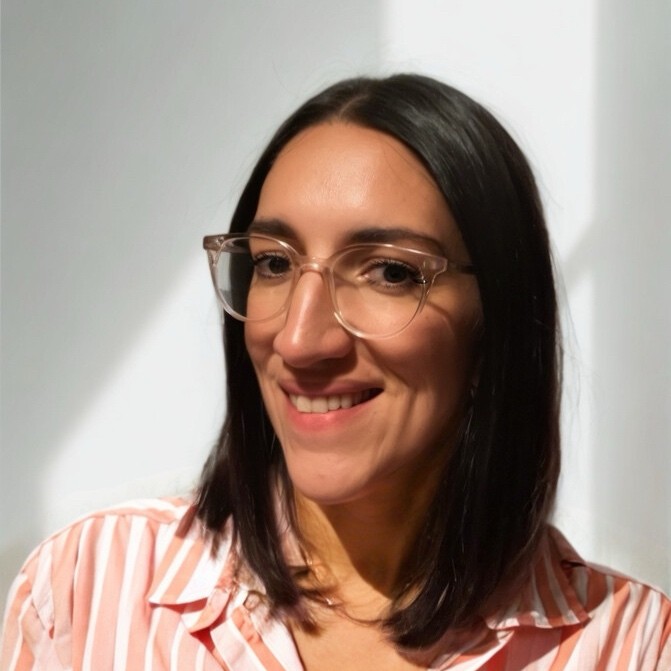
Jennifer Coffey
Independent Consultant
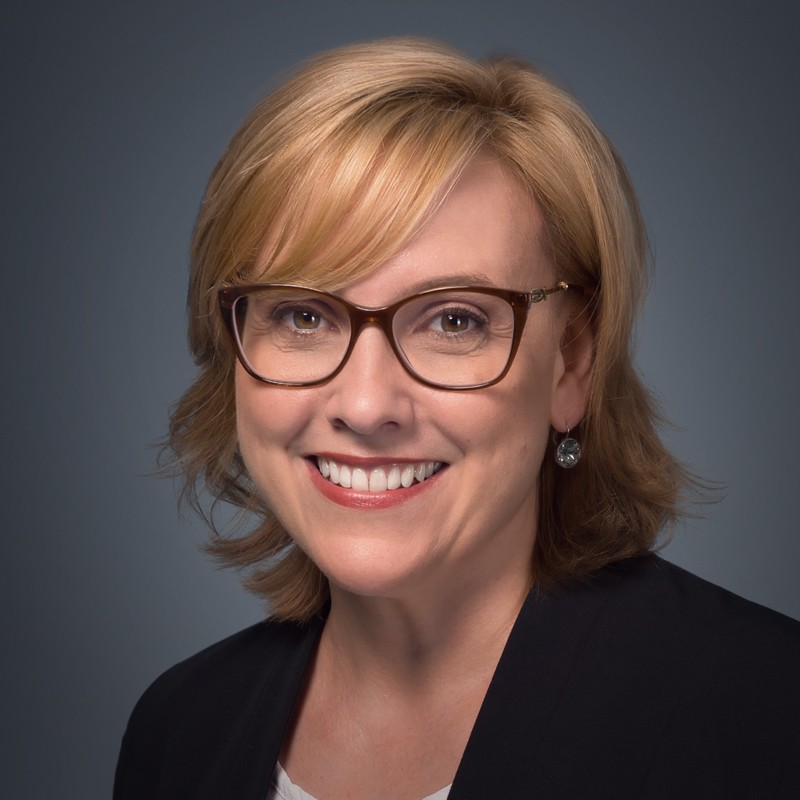
Jennifer Zuber
Managing Director and Principal
Axiology Group Pty Ltd
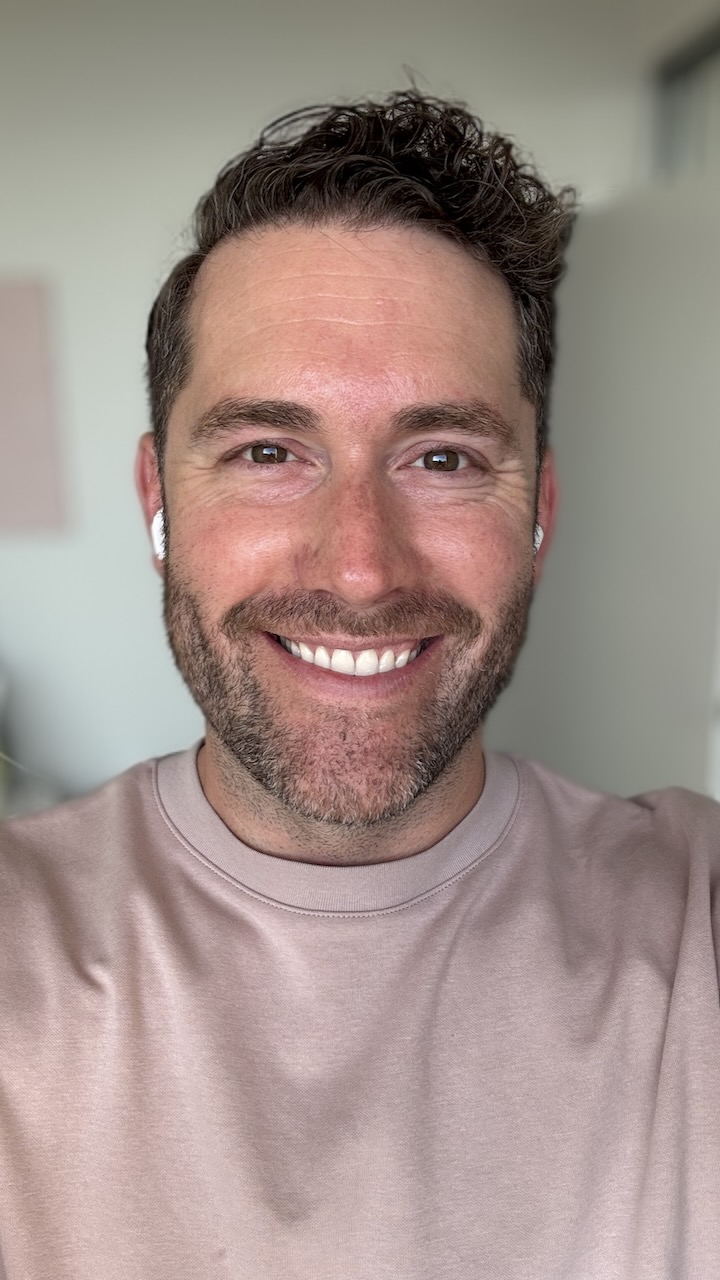
Kyle Taylor
Founding Director
Fair Vote UK
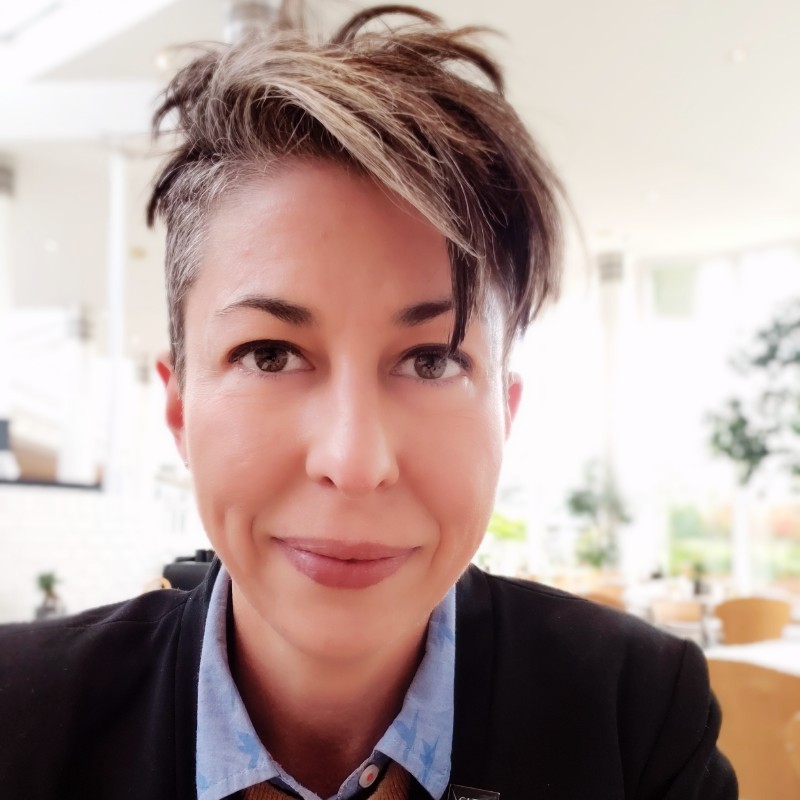
Lisa Lange
Organizational Development Consultant
Interval Consulting
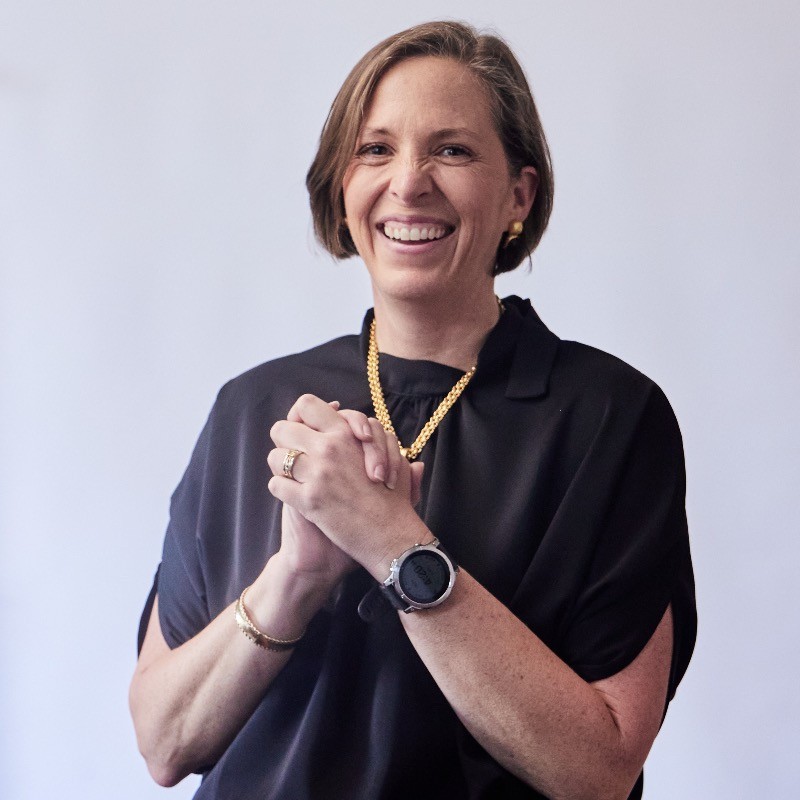
Tucker Braham
President and CEO
CDM: Change Develop Move

Victoria Fernandes
Director
VGF Consulting
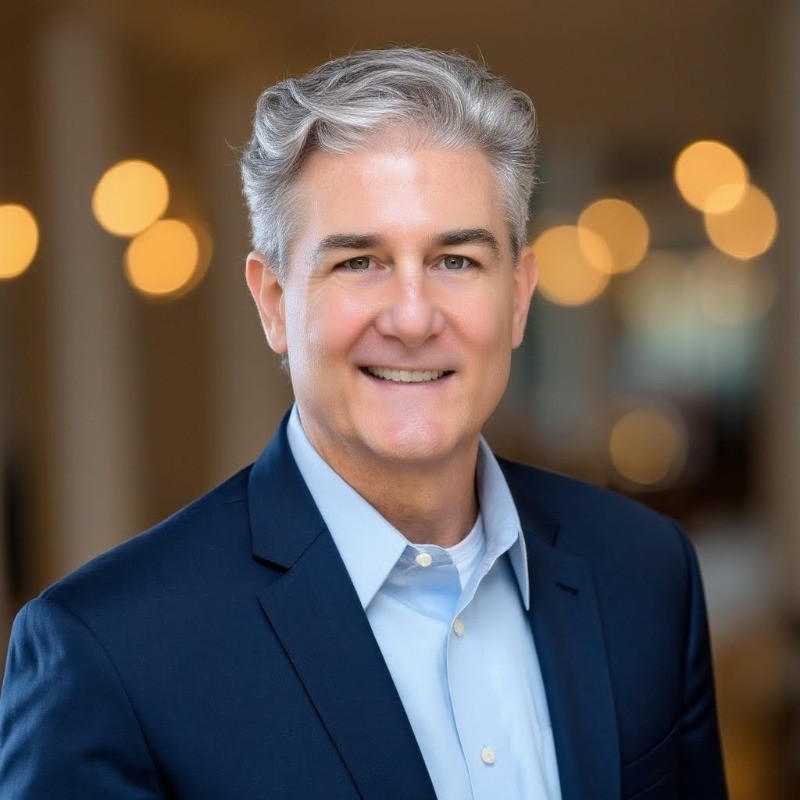
Wes Ven Johnson
Managing Director
Ven Global Strategies
Acknowledgements
The team extends heartfelt thanks to the many nonprofits, networks and associations that helped share the survey across regions, and to every respondent who took the time to participate. Their collective insights form the foundation of this work.
Survey design
The State of Change Management in the Nonprofit Sector 2025 survey ran from early June to the end of July 2025 and was made available in English, French, German, Spanish, Portuguese and Arabic. Offering the survey and website in six languages helped ensure accessibility for nonprofit professionals from different regions and minimized linguistic bias in participation.
It included 58 questions across eight themed segments:
1. About you
2. About your organization
3. What change looks like right now
4. Who shapes change
5. How change is managed
6. How people are supported
7. How change is measured and learned from
8. Reflection and advice
All closed-ended questions were mandatory to ensure consistent datasets for analysis, while open-ended questions were voluntary so participants could decide how much qualitative detail to share. Average completion time was 19 minutes.
Individual question wording is visible in the graphs throughout the findings pages. The full catalog is kept internal to preserve the study’s structure for future comparative rounds. Researchers or practitioners interested in the detailed survey design are welcome to contact the study team.
Participation and dissemination
A total of 1,956 individuals started the survey and 1,235 completed all sections. Responses came from 75 countries, covering a wide range of organization sizes, focus areas and operating contexts.
The survey was open and publicly accessible, with targeted outreach to as many regional and national nonprofit networks as possible to maximize reach and diversity. It was disseminated through sector newsletters, LinkedIn posts, professional associations and partner organizations, and further amplified by members of the SoCM Advisory Board. Participation was voluntary and anonymous.
Initially, registration with a work email address was required, but this requirement was waived after early feedback indicated it might discourage participation, particularly among respondents in the United States who expressed concerns about privacy and organizational approval processes.
1,956
Total survey participants
1,235
Completed responses included in the analysis
63%
Completion rate across all submissions
19 min
Average time to complete the survey
Data handling
All responses were collected anonymously through QuestionPro, with full GDPR compliance and data stored securely on EU servers. If participants chose to leave an email address for updates on the availability of the survey results, these were collected separately and never linked to individual survey data.
Analysis
The survey data were analyzed using descriptive methods to identify how responses clustered and where notable differences appeared, for example, by organization size, professional role or perceived speed of adaptation. Patterns in the data were then compared and interpreted to draw out broader insights about how change is approached across the sector. No advanced statistical testing or weighting was applied.
Limitations
As a voluntary, self-administered survey, SoCM 2025 reflects the perspectives of those who chose to participate. The dataset shows a leadership tilt, with a higher proportion of executives and senior managers among respondents involved in planning and supporting change. This pattern aligns with the reality of many smaller nonprofits, where change efforts are typically led or coordinated by leadership rather than by dedicated change teams.
This composition shapes several perception-based findings. Executives tended to rate factors such as organizational readiness, leadership support and communication effectiveness more positively, while managers and change specialists expressed more mixed views. For questions where this leadership tilt may have affected the results, both the analysis and the Advisory Board have questioned the validity of those findings and highlighted this concern within the relevant sections.
Each response reflects an individual perspective rather than an official organizational position, and in some cases multiple participants came from the same organization. No weighting or statistical adjustments were applied. The data provide a strong empirical basis for identifying sector-wide patterns and contrasts, though they should not be interpreted as statistically representative of every nonprofit context.
Stay connected
Receive new analyses and resources from the State of Change Management in the Nonprofit Sector directly in your inbox.